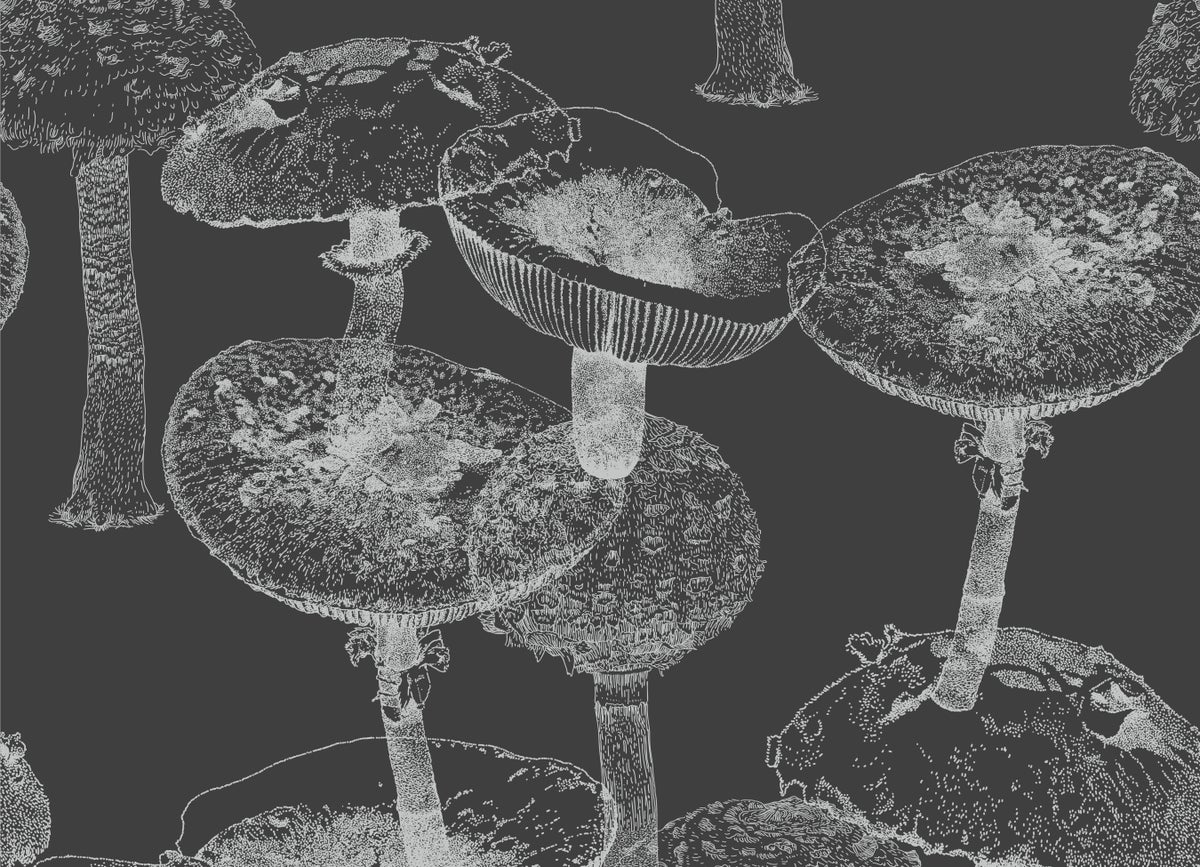- cross-posted to:
- science@hexbear.net
- jingszo@lemmy.world
- science@lemmy.ml
- cross-posted to:
- science@hexbear.net
- jingszo@lemmy.world
- science@lemmy.ml
The land, water and air around us are chock-full of DNA fragments from fungi that mycologists can’t link to known organisms. These slippery beings are so widespread scientists are calling them “dark fungi.” It’s a comparison to the equally elusive dark matter and dark energy that permeates the universe.



I was just making a goth joke.
That would be more along the lines of what’s the difference between Joy Division and new order. One dead body. Rip Ian.
Or what’s a Goth’s default mode? Depeche.
May he keep Deedee Ramone company until we all get there.
I figured but still wanted to correct the dark matter/dark fungi metaphor in the article and saw an opportunity to do so with my favorite squid as I used to listen to Bauhaus as a kid.
Twenty years ago most biology books still classified fungus as plants. That’s how young mycology is as a science. So, there’s lots of unidentified fungus on the planet, but we still fundamentally understand microbiology as a whole.
Much different than dark matter/energy as we’re not sure really what they ‘are’. We only know them by their effects.
I went to college in the '90s. Fungi being classified as plants is new to me. Though perhaps it is part of some Mandela effect or misremembering on my part. But it is inarguable that we’ve learned tons more over the last 20 to 30 years about them.
I’m sure it depends on the book. I have a mushroom field guide published in the late '90s that still calls them plants. Which was really weird to me considering it’s a mycology book.
That could just be down to the author and their aptitude. Lot of people writing field guides aren’t exactly scientifically minded or trained. Because fungus really are kind of anti plants in many ways. It’s sort of like the distinction between fruits and vegetable for tomatoes. For most people tomatoes have always been and will always be vegetables. Despite having long been classified scientifically as a fruit. And pineapples are berries.
That’s fair. I suppose I was overestimating the knowledge of the field guide writers.
As some of my myco-heroes (Stamets & Sheldrake) have mentioned, there were no mycology departments or colleges at universities. In many, there still aren’t.
Writers, mycologists may have felt like stepping up & speaking truth about classification (at times, a scientific bureaucratic nightmare) was not the fight they wished to pursue over sharing knowledge they’ve learned about fungus (no bureaucratic dealings!)
A vegetable is any plant or any part of a plant used as food, so technically, all fruits are vegetables since they’re a part of a plant we use as food.
Typically a vegetable is any vegetative piece of a plant that isn’t a fruit but coming from stems roots or leaves